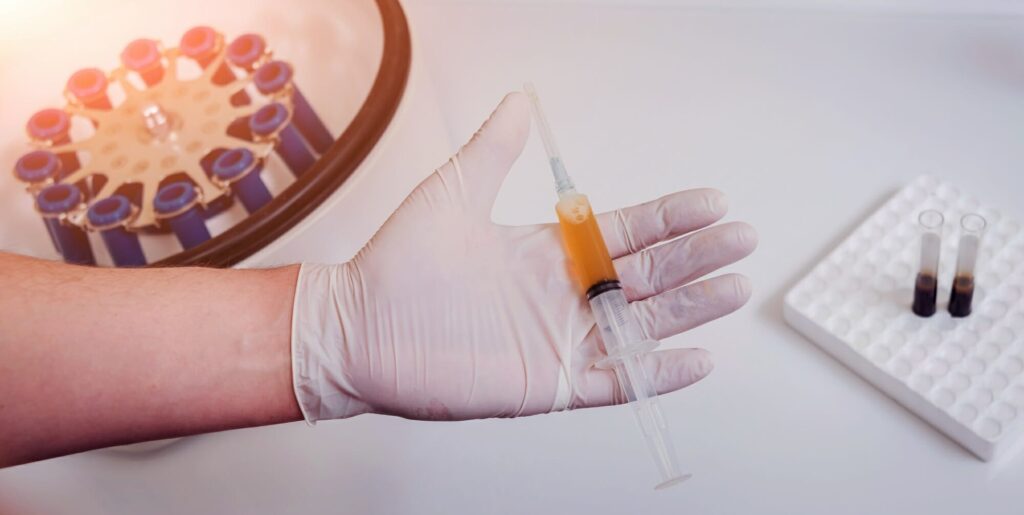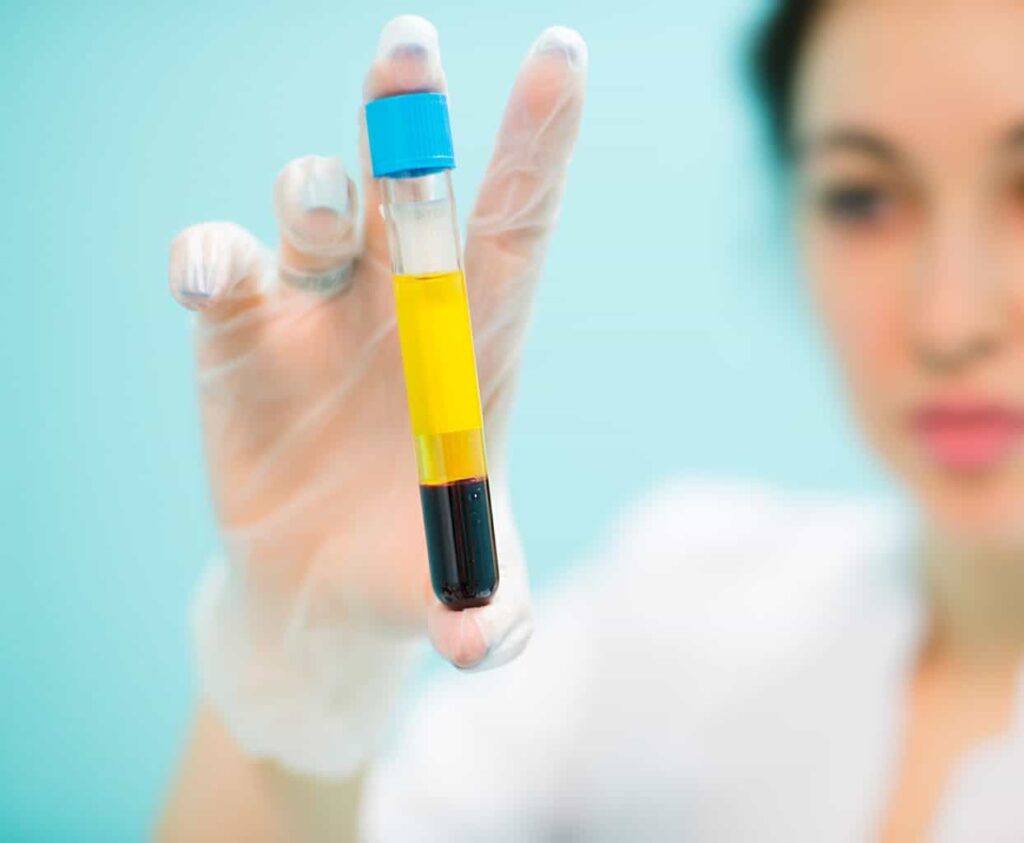Share Post
Understanding the Benefits of PRP for Osteoarthritis: A Guide for Patients
Platelet-Rich Plasma for Osteoarthritis
Platelet-rich plasma (PRP) is considered a promising treatment for osteoarthritis, a condition that causes joint inflammation and cartilage degeneration. PRP contains growth factors that are thought to aid in the healing of damaged cartilage and tissue. Furthermore, PRP injections may have pain-relieving and joint-improving effects due to their anti-inflammatory properties. The use of Platelet-Rich Plasma (PRP) therapy has become increasingly popular for its potential in managing osteoarthritis and promoting regeneration.
Osteoarthritis (OA) is a painful condition that affects millions of people worldwide, causing joint pain, stiffness, and limited mobility. While there is no cure for OA, various treatments are available to help relieve symptoms and improve quality of life. Platelet-rich plasma (PRP) therapy is one such treatment that has gained popularity in recent years due to its potential benefits.
Procedure and Administration
In a PRP therapy session aimed at treating osteoarthritis, the initial step involves the healthcare professional obtaining a blood sample from the patient. Subsequently, the blood is subjected to centrifugation to isolate the platelet-rich plasma from other blood constituents. The concentrated PRP is then administered through injection into the affected joint, with imaging techniques being employed to ensure precision.
What is PRP therapy?
PRP therapy is a minimally invasive procedure that involves collecting a patient’s own blood, processing it to concentrate the platelets, and injecting it back into the affected joint. Platelets contain growth factors that promote the healing and regeneration of tissues, making PRP therapy a promising option for treating OA.

Benefits of PRP for Osteoarthritis:
1. Reduced Pain: PRP injections can help reduce joint pain and improve function, allowing patients to perform their daily activities with greater ease.
2. Improved Mobility: PRP therapy can help to reduce joint stiffness, improve range of motion, and increase mobility, thus enhancing the quality of life for patients with OA.
3. Natural Treatment: PRP therapy uses the patient’s own blood, eliminating the risk of allergic reactions and side effects associated with other treatments.
4. Long-lasting Results: Many patients report that the benefits of PRP therapy last for several months, providing significant pain relief and improved mobility over an extended period of time.
5. Non-surgical: PRP therapy is a non-surgical treatment option that does not require general anesthesia or hospitalization, making it a convenient and accessible option for many patients.
6. Quick Recovery Time: The procedure itself is relatively quick and patients can usually return to their normal activities within a few days, making PRP therapy a convenient and accessible option for many people.

In conclusion, PRP therapy has shown promising results for patients with osteoarthritis. Its non-invasive nature, quick recovery time, and long-lasting benefits make it a valuable option for many patients seeking relief from joint pain and stiffness. However, it is important to consult with a healthcare professional to determine if PRP therapy is the right option for you.
Remember, PRP therapy should be considered as a complementary treatment to other therapies and lifestyle changes such as physical therapy, weight management, and maintaining a healthy diet to manage the symptoms of osteoarthritis
It’s important to note that PRP therapy may not be suitable or effective for everyone with osteoarthritis. The decision to pursue PRP therapy should be made in consultation with a healthcare professional, who can assess the individual’s condition, the severity of osteoarthritis, and overall treatment goals. Pay a visit to Feldman & Leavitt Foot And Ankle Specialists will clearly define all available patient options.
As a general rule, surgical bunion procedures are performed on an outpatient basis in an Alberta Health Services (AHS) approve Surgical Center or in a Hospital. Surgical procedural costs are covered by AHS or the patient may opt for private surgery to avoid a waiting time.

